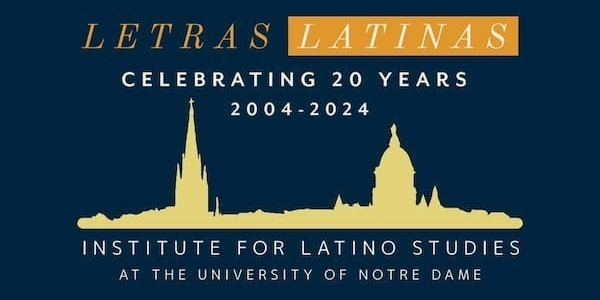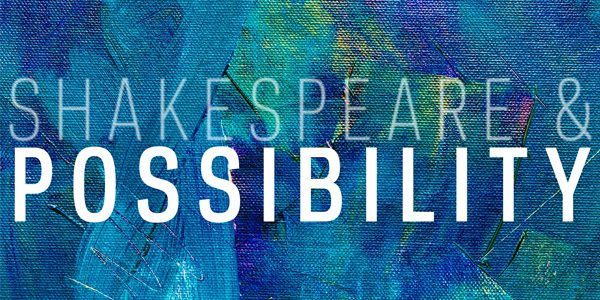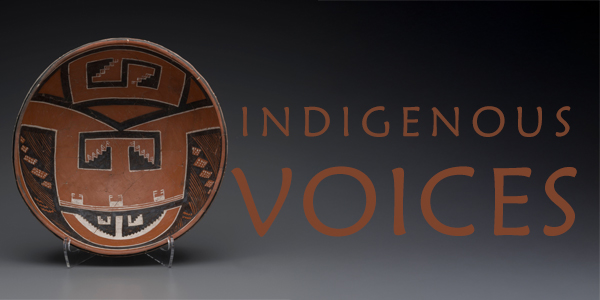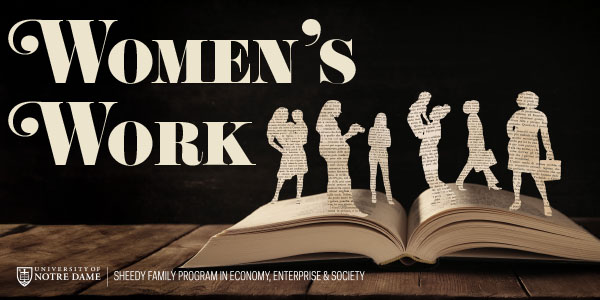To Be or Not to Be Free
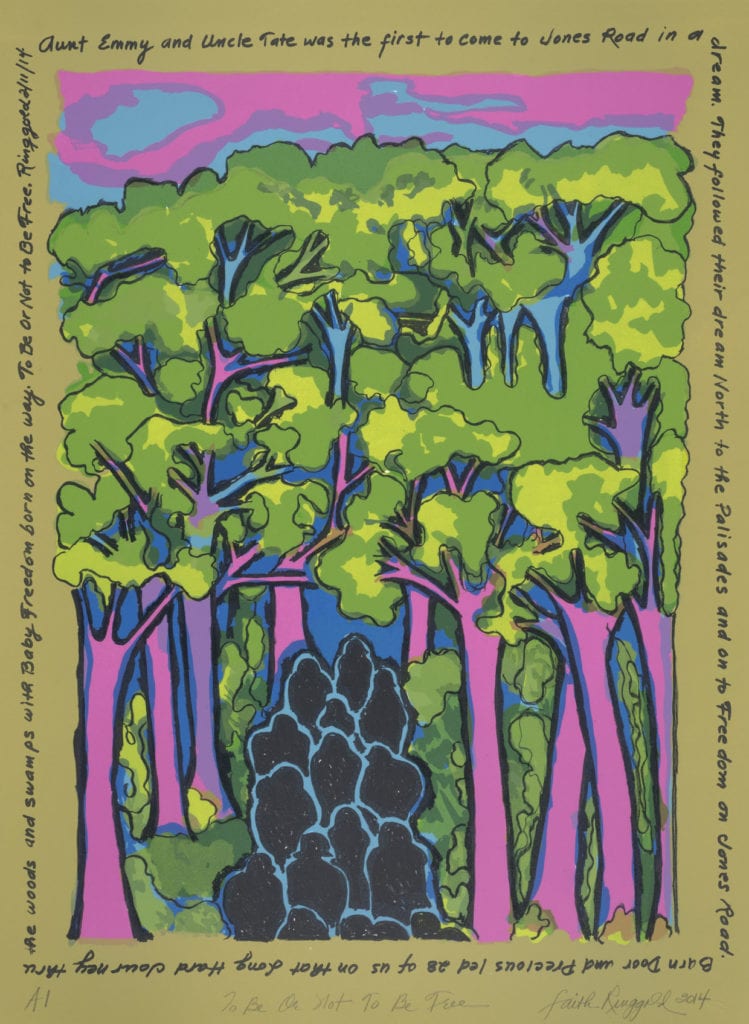
ABOUT THE ARTWORK
Who made it?

Artist Faith Ringgold was born in 1930 in Harlem and began making art when she was very young. As a child, she was often sick, and making art helped her pass the time while recovering at home. Her father was a gifted storyteller, and her mother was a fashion designer who would often supply her with fabrics to sew. Ringgold went on to attend the City College of New York City, where she majored in Art Education and soon after graduating taught in the New York City Public School System for nearly twenty years.
When she left teaching, Ringgold devoted herself to creating her art. In her diverse practice, she wrote, illustrated, and published multiple children’s books, constructed soft sculptures from fabric, and created politically based paintings. Her most well-known works are her story quilts, where she uses paint and fabric to create visual narratives. Through her work, Ringgold explores race, gender, and American history, and often references slavery and the Underground Railroad. Ringgold once said that “Through art, I tried to create the peace we could not achieve in real life.” At 90 years of age, Ringgold is still creating works and remains a prominent voice in the art world, advocating for women artists of color to be more present in major art museums.
What’s going on in this work?

This work is part of the series, Coming to Jones Road, which was Ringgold’s response to a time when she moved from her home in Harlem, New York, to Englewood, New Jersey. She did not feel welcomed by her neighbors and searched for a way to feel connected to her new home. She found that connection in the history of the area and the role it played in the Underground Railroad. In sharing the stories of the slaves who made their way north through the area in search of freedom and a new life for themselves and their families, Ringgold created a way to see herself in her new community.In many works in the Coming to Jones Road series (in both the quilt and print forms) Ringgold, depicts groups of black silhouetted figures moving through vibrantly colored, glowing tree-filled landscapes. The colors she uses are bright and often contrasting which, creates an intensity and a vibration in each piece. Lines of text create borders and narrate the scenes. Each piece acts as a chapter to the story of slaves risking everything to find freedom.This print To Be or Not to Be Free, made at the Segura Arts Studio, which was previously a part of the University of Notre Dame, was modeled after a quilt entitled, Coming to Jones Road #7: We Jus Keep a’ Comin. In creating the print, Ringgold changed the text that runs around the border from that on the quilt piece. The print’s text reads, “Aunt Emmy and Uncle Tate was the first to come to Jones Road in a dream. They followed their dream North to the Palisades and on to Freedom on Jones Road, Barn Door and Precious led 28 of us on that long hard journey thru the woods and swamps with Baby Freedom born on the way, To Be or Not to Be Free. Ringgold 2/11/14.”
Take a closer look.

Click on the full images of To Be Free or Not be Free above to see a larger version of the work. Look closely at the print and use these questions to guide your looking. Share your thoughts with your family and friends virtually or with us by responding to this email.
- Focus on the image in the center of the print. What emotions does it elicit? What do you see that makes you say that?
- Now widen your focus to the text around the border. How to the text and image work together? Can one exist without the other? Why or why not?
To receive the collection in your inbox, join the Raclin Murphy Museum’s mailing list.
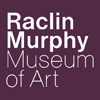
Engage with the Raclin Murphy Museum of Art by exploring their collection through background information and reflection questions. For more information on the collections, please visit the Raclin Murphy Museum of Art website.
Learn MoreJuly 2, 2020
More Like This
Related PostsLet your curiosity roam! If you enjoyed the insights here, we think you might enjoy discovering the following publications.

